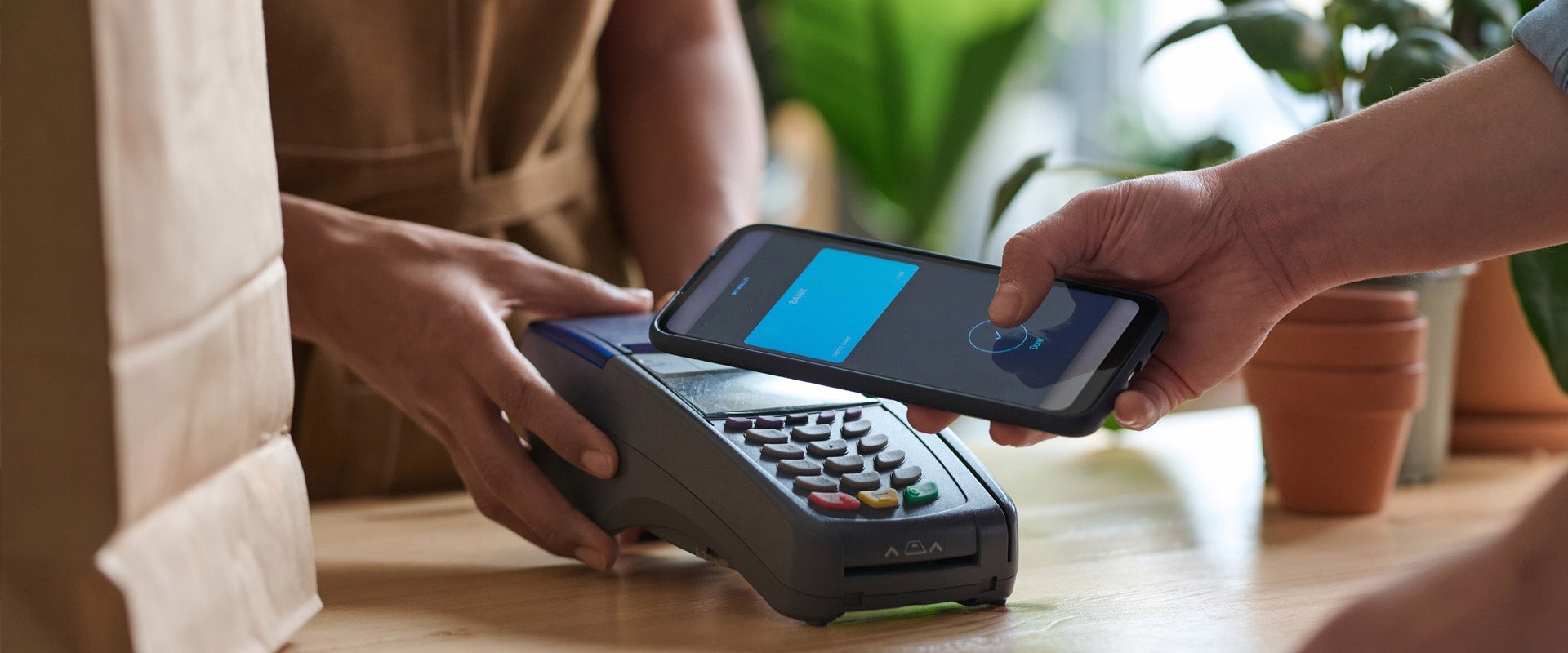This Executive Insights is the second in our series on retail optimisation. In our first instalment, we outlined four strategic levers that leading retailers are using to sharpen performance and strengthen differentiation: customer strategy, store and network optimisation, pricing and promotions, and omnichannel excellence.
Here, we explore one of the most powerful tools within the customer strategy lever — mission analysis — and examine how retailers can use it to turn transactional data into tangible commercial outcomes.
Why a deeper customer understanding is critical for retailers
Personalisation and loyalty are now decisive battlegrounds in retail. Yet most retailers still rely on high‑level customer segments built around demographics and occasional surveys, with more advanced retailers incorporating data from a loyalty programme.
Those approaches overlook a fundamental reality for most retailers: the same customer often shops with the same retailer for very different reasons.
In grocery, a quick food‑to‑go dash at lunchtime is not the same as a weekend cupboard restock; in health and beauty, an emergency purchase of painkillers is not the same as a new make-up trial. Fundamentally, it is the mission (the reason why your customer is in your store at that moment) that carries distinct expectations of range, price, speed and service.
Understanding these mission‑based needs matters because it enables retailers to:
- Match proposition to context. Assortment, merchandising, staffing and services can be tailored to the missions most prevalent in each format and catchment.
- Drive share of wallet and loyalty. When shoppers feel a mission is flawlessly met, they are likely to buy more and return more often.
- Accelerate decision‑making. Mission analytics translate vast transaction logs into intuitive, board‑ready insights that cut through functional and category silos.
In short, mission analysis is a critical component of comprehensive customer understanding for multi-category retailers and underpins sustainable differentiation in an increasingly competitive market.
What is mission analysis and why is it valuable?
Mission analysis is a data‑driven technique that classifies every basket into an intuitive ‘shopping mission’ based on the underlying shopping intent, such as a main shop, a meal for tonight, a cupboard restock, an emergency purchase or a beauty treat.
It augments existing customer insight and is particularly powerful for multichannel, multi‑category retailers where missions are often more important than demographics when it comes to shoppers’ expectations (see Figure 1).








